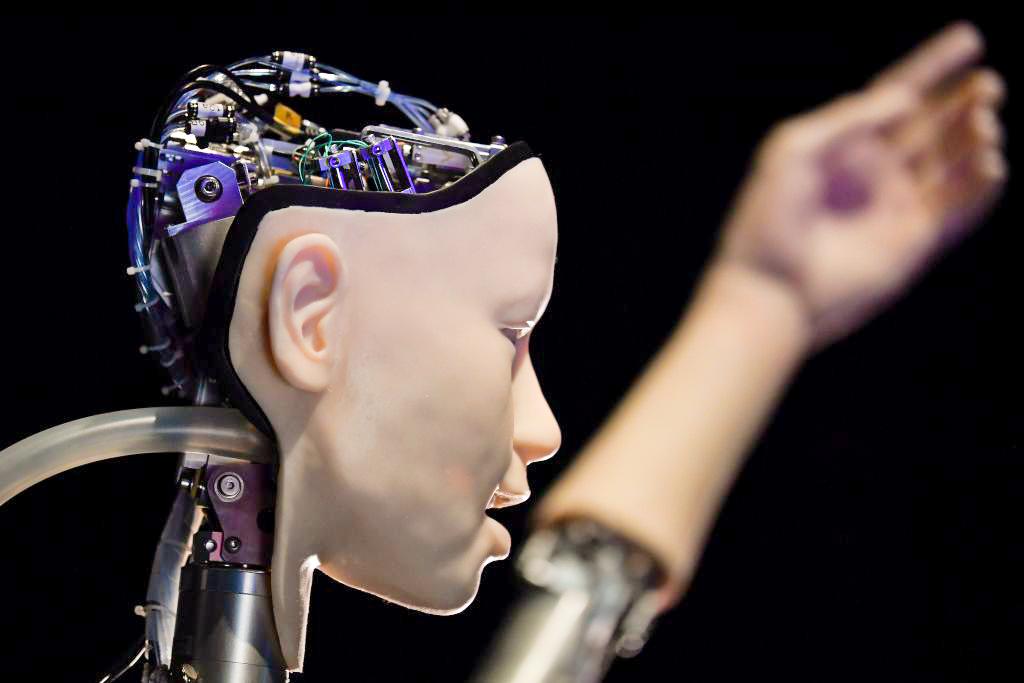An AI robotics startup from California has raised over $70 million to build a humanoid robot that the company expects will be used to do a wide range of manual labor.
Sunnyvale-based Figure is developing Figure 01, which the company thinks will resolve labor shortages, support the global supply chain, and perform dangerous tasks. Figure has raised $70 million to develop its android.





